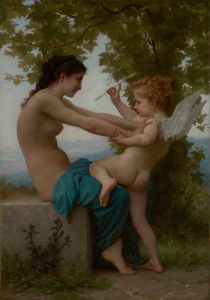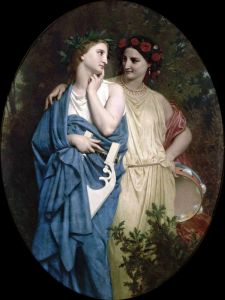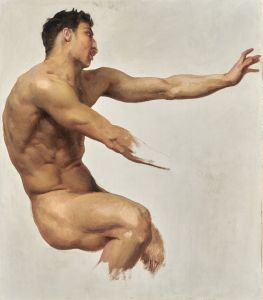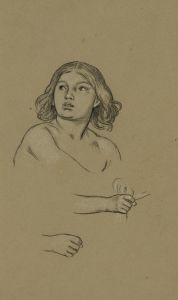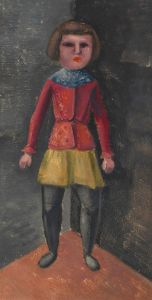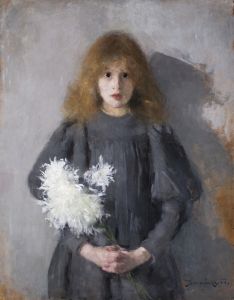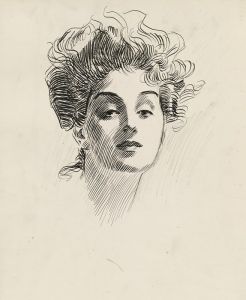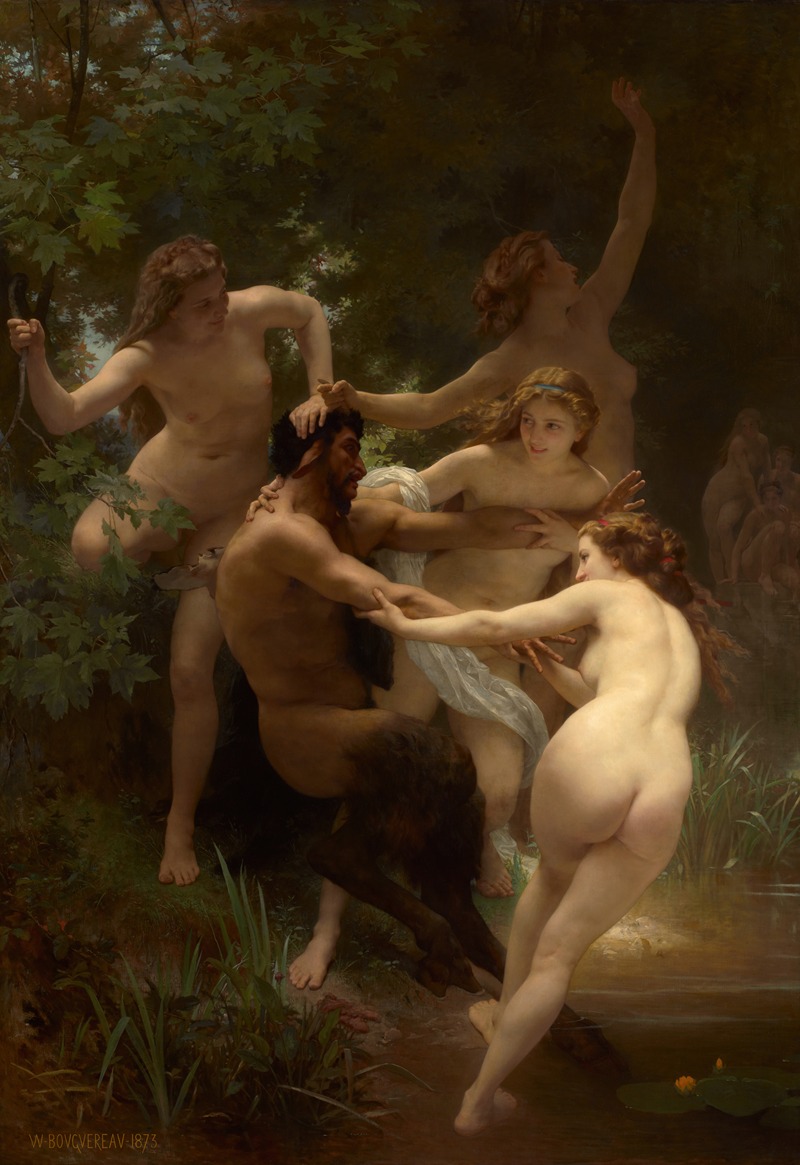
Nymphs And Satyr
A hand-painted replica of William Bouguereau’s masterpiece Nymphs And Satyr, meticulously crafted by professional artists to capture the true essence of the original. Each piece is created with museum-quality canvas and rare mineral pigments, carefully painted by experienced artists with delicate brushstrokes and rich, layered colors to perfectly recreate the texture of the original artwork. Unlike machine-printed reproductions, this hand-painted version brings the painting to life, infused with the artist’s emotions and skill in every stroke. Whether for personal collection or home decoration, it instantly elevates the artistic atmosphere of any space.
"Nymphs and Satyr" is a renowned painting by the French academic artist William-Adolphe Bouguereau, completed in 1873. This work exemplifies Bouguereau's mastery in depicting the human form with a high degree of realism and technical precision, characteristics that define his oeuvre. The painting is notable for its classical theme, which draws inspiration from ancient mythology, a common source of subject matter for Bouguereau and many of his contemporaries in the academic art tradition.
The painting measures approximately 260 cm by 180 cm (102 inches by 71 inches) and is executed in oil on canvas. It portrays a playful and dynamic scene involving four nymphs and a satyr, figures from Greek mythology. In the composition, the nymphs are depicted as youthful and graceful women, characterized by their delicate features and flowing drapery. They are shown playfully pulling a satyr towards a body of water, suggesting a narrative of teasing or enticing the creature. The satyr, a mythological being known for its lascivious nature, is rendered with a muscular physique and a look of surprise or reluctance as he is drawn into the water by the nymphs.
Bouguereau's attention to detail is evident in the lifelike rendering of the figures' skin tones, the texture of their hair, and the translucency of the water. The composition is carefully balanced, with the figures arranged in a dynamic yet harmonious manner, leading the viewer's eye through the scene. The background features a lush, verdant landscape, typical of Bouguereau's idyllic settings, which enhances the mythological and timeless quality of the painting.
"Nymphs and Satyr" was first exhibited at the Paris Salon of 1873, where it received considerable attention and acclaim. The painting was purchased by the American collector John Wolfe, who displayed it in his New York City home. It later became part of the collection of the Clark Art Institute in Williamstown, Massachusetts, where it remains today. The painting's presence in the United States contributed to Bouguereau's popularity among American collectors during the late 19th and early 20th centuries.
Bouguereau's work, including "Nymphs and Satyr," has been both celebrated and critiqued over the years. During his lifetime, Bouguereau was highly esteemed for his technical skill and adherence to traditional artistic values. However, with the rise of modern art movements in the early 20th century, his work fell out of favor, criticized for its perceived lack of innovation and emotional depth. In recent decades, there has been a resurgence of interest in Bouguereau's paintings, with art historians and collectors re-evaluating his contributions to the art world.
"Nymphs and Satyr" remains a significant example of 19th-century academic art, showcasing Bouguereau's ability to blend classical themes with a refined and meticulous painting technique. Its enduring appeal lies in its combination of mythological storytelling, technical excellence, and the artist's unique interpretation of beauty and form.





